English Dub Season Review: URAHARA
A show that attempted to explore the creative process, but ultimately failed to deliver much excitement beyond that.
Overview (Spoilers Below):
URAHARA is the story of three friends joining together to save their hometown from alien invaders. Based on the webcomic/manga PARK Harajuku: Crisis Team!, the show is filled with flashy colors and cute character designs.
The story begins with the girls going about their normal daily routines (running their own pop-up shop in Harajuku) when aliens called the ‘Scoopers’ arrive on Earth. Scoopers don’t have any creativity of their own, so they travel the galaxy stealing things that other cultures have produced. The heroines battle the Scoopers over the course of the series, eventually learning that they’ve been trapped inside a bubble of their own imaginations the whole time.
Throughout the show, they deal with their own insecurities, doubts, and fears. Rito, for instance, is an artist who is troubled by the thought of drawing only what other people want to see. She eventually learns that it’s fine to draw what she feels like drawing, regardless of whether it earns her fame and fans. The series concludes with the princess of the Scoopers falling in love with the city, and realizing that she can be creative if she chooses to be. The invasion is called off and the girls pledge to use their talents to rebuild the city.
Our Take:
Hopes were high for URAHARA from the beginning. With Crunchyroll as one of the main producers of the show, it had a solid foundation to build upon. The show’s director was a woman named Amica Kubo, and much of her production staff was female, a relatively rare occurrence in the anime industry. The initial poster showcased the show’s inventive visuals and colorfully quirky designs. Unfortunately, the art style ended up being one of the only great things about URAHARA. Lacking much actual movement in its animation, the show’s direction often felt boring and uninspired. (Which is strange to write, considering the role that creative inspiration played in the series!)
Creation is the main theme here, and this was the aspect I enjoyed most aside from the art. Exploring what it means to be creative, and how copying others can lead us to discover our own styles and art forms, was a neat concept to consider. While the show never got too crazy or philosophical (it is geared towards a younger audience), Rito, Mari, and Kotoko all went through trials and experienced self-doubt when it came to using their respective talents.
Setting aside the art and story themes, nothing else really stood out in URAHARA. The characters themselves were fine but barely developed out from basic cliched stereotypes. The humor was bland and forgettable. The plot itself, especially towards the end, seemed drawn out and could’ve been improved by going at a faster pace. Overall, I wouldn’t recommend URAHARA unless you’re interested in seeing what it has to say about dealing with the creative process.

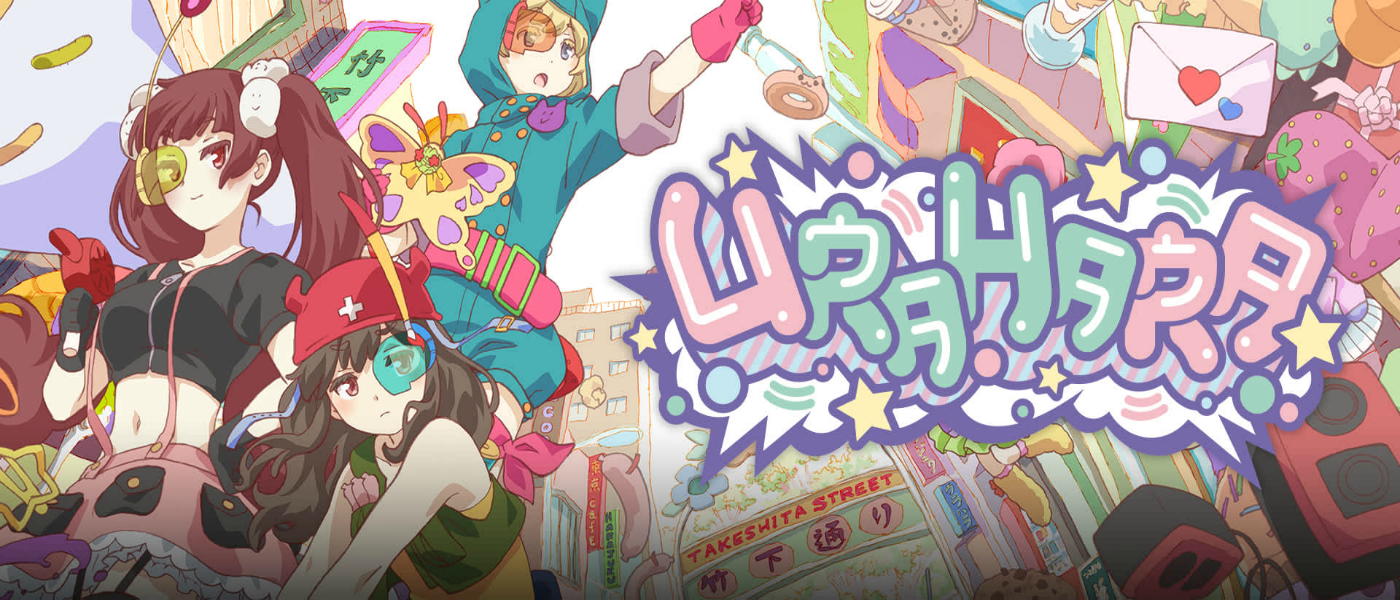
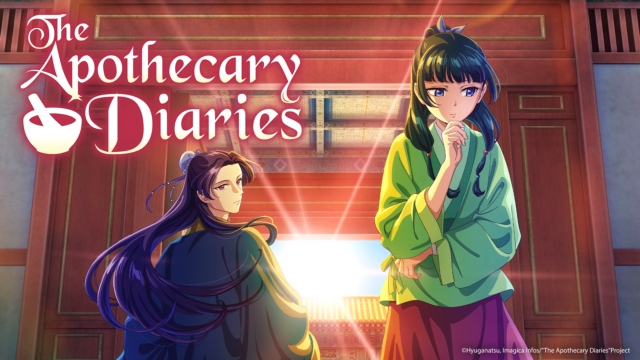


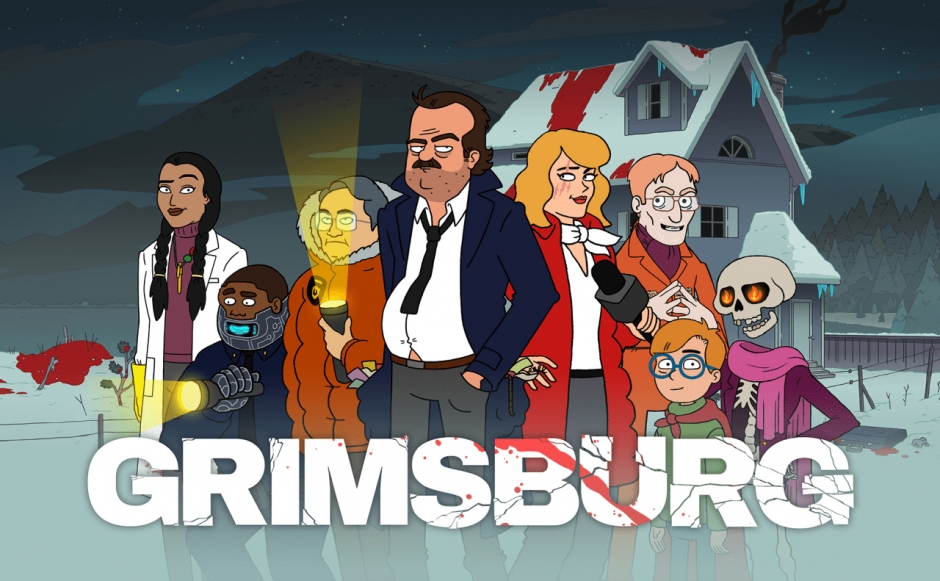




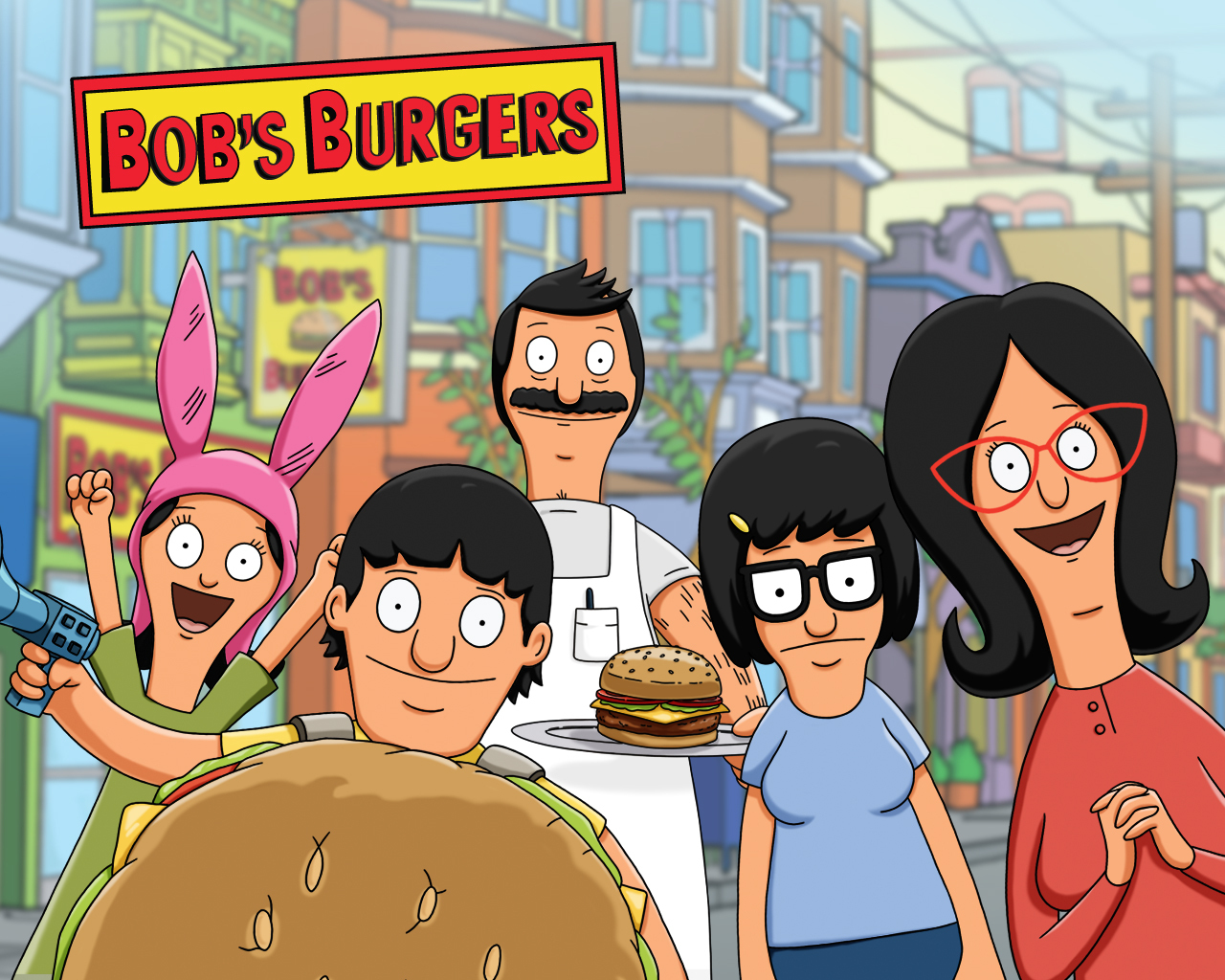







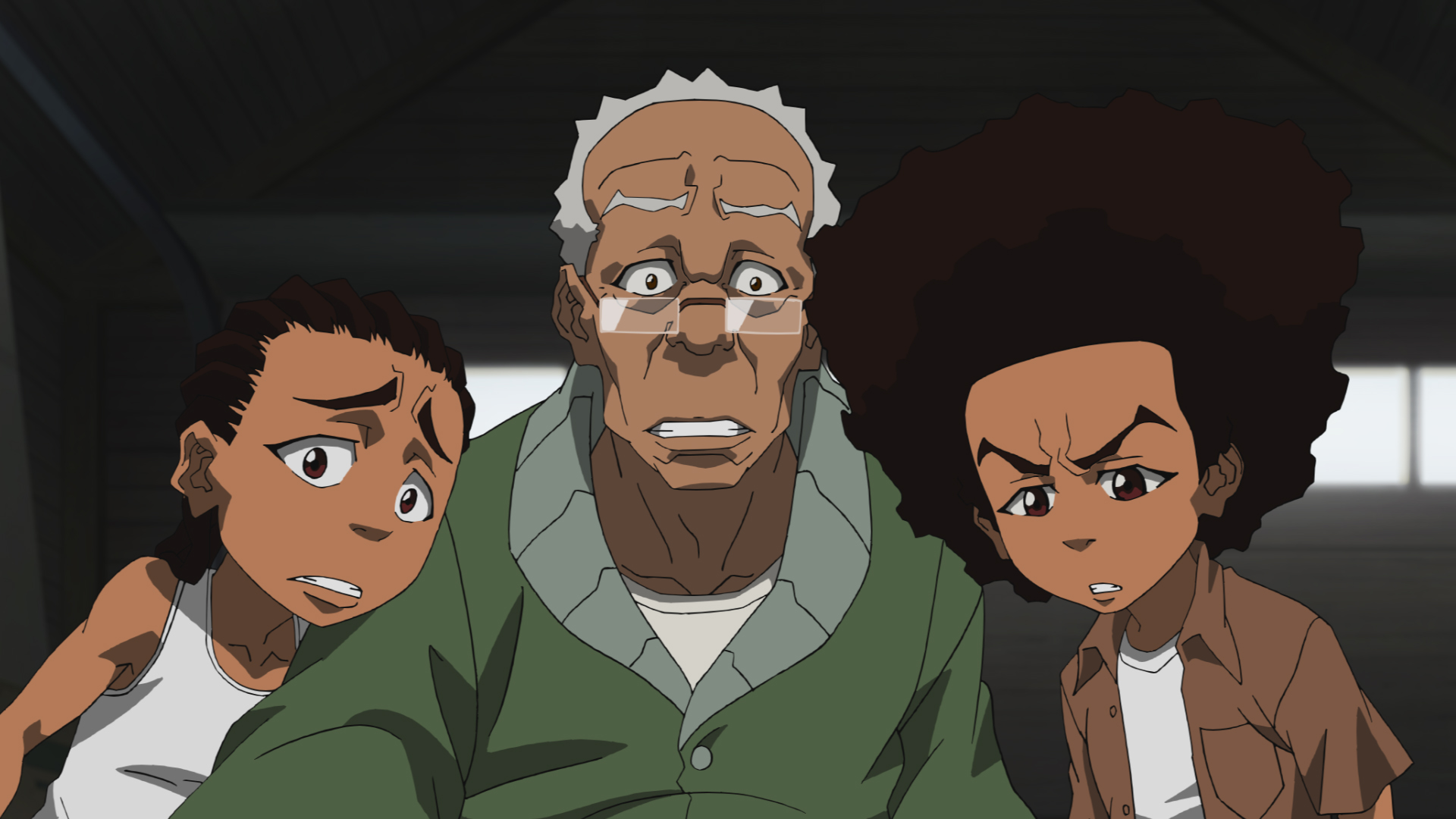





"There are also other characters that come and go (also owned by the Warner Bros. Discovery conglomerate media company)."
Huh. Is that just referring to other characters from the show itself, or is this implying that the new season is going to have cameos from other WBD IPs